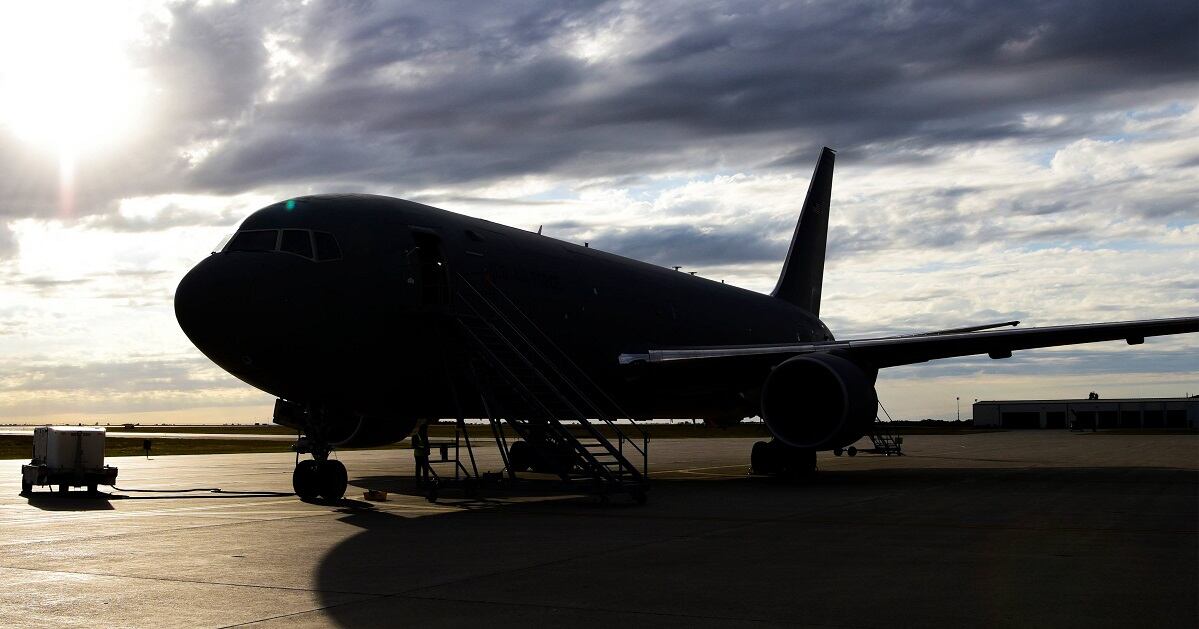Eyeing Iran and its terrorist proxies in Syria and Lebanon, Israel’s Cabinet approved on Feb. 7 an Israeli Air Force request to use U.S. foreign military financing and loans to fund approximately $9 billion worth of U.S. military aircraft and weapons. Jerusalem’s decision initiates a process intended to culminate in the Air Force’s acquisition of new American fighter aircraft, air refuelers and helicopters. These purchases would help address vital Israeli military requirements and support efforts to maintain its qualitative military edge over any potential regional adversary.
Under the approved plan, Israel will use both existing funding mechanisms and new loans. The former will come from annual foreign military financing Washington provided pursuant to a 2016 U.S.-Israel memorandum of understanding.
The decision was delayed due to disagreements over whether it’d be prudent to fund part of the purchases with loans. Israel’s Finance Ministry reportedly opposed the plan. However, motivated by growing threats from Iran and its terrorist proxies, Prime Minister Benjamin Netanyahu, Defense Minister Benny Gantz and Israel Defense Forces Chief of Staff Lt. Gen. Aviv Kochavi supported the decision.
Still, the recent decision does not provide approval for any specific aircraft or quantities of aircraft. The move simply represents the first step in the Israeli acquisition process. The IAF will now present its recommendations regarding specific fighters, aerial refuelers and helicopters.
In the case of fighters, Israel is considering both the F-35 and the F-15EX. Like the U.S. Air Force, the Israeli Air Force sees value in mixing the complementary capabilities of the two aircraft. Israel has purchased two squadrons of F-35s and would like more. That is because the F-35 is the world’s most advanced multirole fighter, combining exceptional sensor and network capabilities with advanced technologies that make it difficult to detect.
The Air Force has reportedly used its F-35I Adir variant to strike Iranian targets in Syria and has flown it over Lebanon and other areas. Israel is combating Iranian efforts both to establish another front against Israel in Syria, and to funnel precision-guided munition parts and technology through Syria to Hezbollah in Lebanon. As Iran acquires more advanced anti-aircraft capabilities and potentially advances its nuclear program further, the F-35′s cutting-edge capabilities will become even more important.
Notwithstanding the F-35′s exceptional capabilities, Israel seeks to improve the capabilities of its F-15 fleet. The Air Force is interested in acquiring an Israeli version of the F-15EX — dubbed the F-15IA — and upgrading some of its older F-15Is. Taking into account maintenance and sustainment costs as well as other factors, the F-15 aircraft costs less per flight hour than the F-35.
The F-15EX also has much greater capacity for carrying munitions. The F-15EX can carry roughly 30,000 pounds of weapons, whereas the F-35 can carry 5,000 pounds internally and has up to 18,000 pounds of total payload capacity when using external stations.
The F-35 can carry four to six missiles internally without increasing the aircraft’s radar signature, and has additional carriage capacity when stealth is not required. By comparison, the F-15EX can carry up to 12 external missiles. In addition, relative to the F-35, Israel expects that it would have more leeway to tailor the F-15EX’s software and hardware to Jerusalem’s unique needs. That could include Israel’s own electronic warfare, communication, missile and avionics packages.
The complementary F-35 and F-15EX capabilities and features make Israel highly likely to move forward with plans to procure one squadron of each aircraft, starting with the F-35. The goal is to increase the Air Force’s capability and capacity.
RELATED

When it comes to air refuelers, Israel currently uses modified and antiquated Boeing 707s. Accordingly, the Air Force sees an urgent need to purchase about six KC-46s. This purchase would provide additional refueling capacity and capability, extending the range of Air Force fighters to address threats farther from Israel. For conflicts closer to home, the refuelers would increase the time Air Force fighters can loiter above potential targets.
The Air Force is also eager to replace its aging helicopter fleet. The service wants the new helicopter to provide traditional utility vertical lift capabilities, agilely maneuvering conventional ground forces and equipment in conflict zones while also supporting special operations forces and recovering downed pilots.
The Boeing CH-47F and the Sikorsky CH-53K are leading candidates. The Boeing option offers proven capabilities and a lower procurement price tag. Sikorsky’s option, however, would offer three engines per helicopter for improved safety and performance as well as more external lift capability. But the CH-53K’s benefits would come at the cost of fewer helicopters and likely higher maintenance costs.
Depending on a number of factors, the Air Force may also seek to procure the V-22 Osprey in order to extend the range and speed of Israel’s vertical lift capabilities for special missions.
Regardless of Jerusalem’s final decisions, these aircraft acquisitions will strengthen the American military innovation and industrial base, augment the interoperability of U.S. and Israeli military forces, and enhance Israel’s edge over any potential regional adversary.
Given the growing threat from Iran and the extended procurement timelines for these aircraft, there is no more time to waste.
Bradley Bowman is the senior director of the Center on Military and Political Power at the Foundation for Defense of Democracies. He previously served as a national security adviser in the Senate and as a U.S. Army helicopter pilot. Retired Brig. Gen. Jacob Nagel is a visiting senior fellow at FDD and a visiting professor at the Technion Faculty of Aerospace Engineering. He previously served in the Israel Defense Forces and in the acting roles of national security adviser to the Israeli prime minister and chief of the National Security Council.








